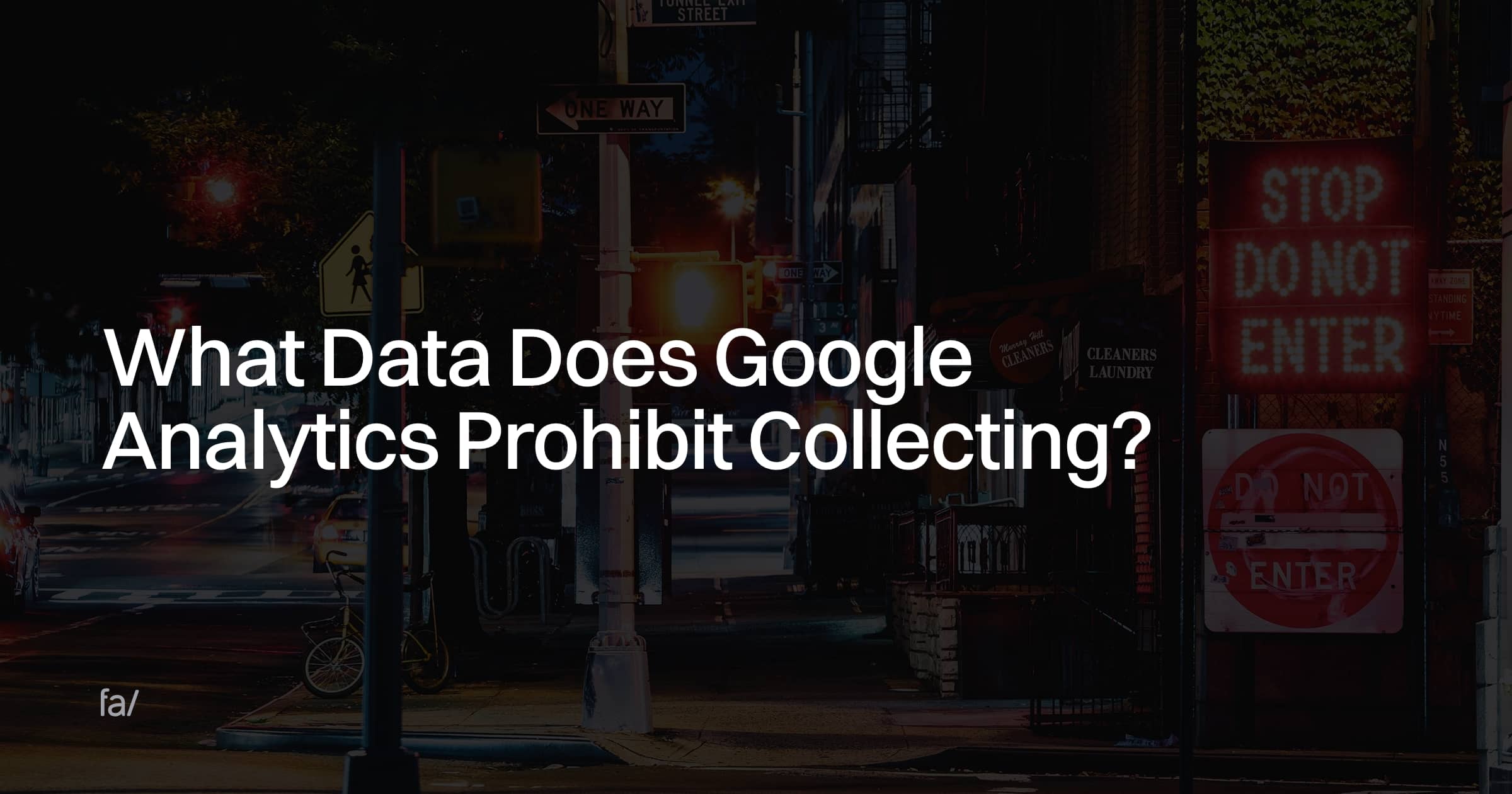Exploring Google Analytics: What Data Does Google Analytics Prohibit Collecting?
Exploring Google Analytics: What Data Does Google Analytics Prohibit Collecting?
Blog Article
Understanding the Art of Overcoming Data Collection Limitations in Google Analytics for Better Decision-Making
In the world of electronic analytics, the capability to remove meaningful insights from data is vital for educated decision-making. By employing tactical methods and sophisticated techniques, companies can raise their information top quality, unlock concealed understandings, and lead the way for more effective and informed decisions.
Information Top Quality Analysis
Data top quality evaluation includes reviewing various facets such as accuracy, efficiency, consistency, and timeliness of the information. One essential aspect to take into consideration is data precision, which refers to exactly how well the information reflects the real worths of the metrics being gauged.
Efficiency of information is an additional crucial factor in assessing information top quality. Uniformity checks are additionally essential in information top quality assessment to determine any type of inconsistencies or anomalies within the data set. By prioritizing data high quality evaluation in Google Analytics, companies can enhance the dependability of their analytics reports and make even more informed choices based on exact understandings.
Advanced Monitoring Methods
Utilizing advanced tracking strategies in Google Analytics can dramatically boost the depth and granularity of information collected for more comprehensive evaluation and understandings. One such method is event monitoring, which permits for the surveillance of particular interactions on an internet site, like click buttons, downloads of files, or video clip views. By implementing occasion monitoring, companies can gain a much deeper understanding of individual habits and engagement with their on-line material.
Additionally, personalized measurements and metrics supply a method to customize Google Analytics to certain company needs. Personalized dimensions enable for the development of brand-new data factors, such as individual roles or customer sections, while custom metrics allow the tracking of special performance signs, like profits per user or average order value.
Moreover, the application of Google Tag Manager can streamline the application of monitoring codes and tags across a site, making it easier to manage and deploy advanced monitoring arrangements. By taking advantage of these sophisticated tracking techniques, companies can unlock useful understandings and optimize their online approaches for better decision-making.
Custom-made Dimension Execution
To enhance the deepness of information accumulated in Google Analytics past sophisticated monitoring techniques like event monitoring, companies can carry out custom dimensions for more tailored understandings. Personalized measurements permit services to specify and accumulate specific data factors that relate to their one-of-a-kind objectives and purposes (What Data Does Google Analytics Prohibit Collecting?). By assigning custom dimensions to different elements on a website, such as customer communications, demographics, or session information, organizations can acquire a more granular understanding of just how users involve with their online buildings

Attribution Modeling Strategies
Reliable attribution modeling is vital for recognizing the effect of different marketing networks on conversion courses. By employing the ideal acknowledgment model, businesses can properly associate conversions to the suitable touchpoints along the consumer trip. One usual attribution version is the Last Communication model, which offers credit history for a conversion to the last touchpoint a user interacted with prior to converting. While this design is simple and easy to apply, it usually oversimplifies the client trip, ignoring the impact of other touchpoints that added to the conversion.

Data Sampling Avoidance
When dealing with huge quantities of data in Google Analytics, getting rid of information tasting is necessary to make certain exact understandings are derived for informed decision-making. Information tasting happens when Google Analytics approximates patterns in information instead than assessing the complete dataset, potentially leading to skewed results. To avoid data sampling, one effective technique is to reduce the day array being analyzed. By concentrating on much shorter amount of time, the chance of encountering sampled data decreases, giving a much more exact representation of individual behavior. In addition, utilizing Google Analytics 360, the costs variation of the platform, can help minimize explanation tasting as it permits for greater data limits prior to sampling kicks in. Implementing filters to limit the information being analyzed can additionally assist in preventing sampling concerns. By taking these proactive actions to lessen data sampling, organizations can draw out much more exact understandings from Google Analytics, bring about better decision-making and boosted total efficiency.
Final Thought
To conclude, understanding the see page art of conquering information collection limitations in Google Analytics is critical for making informed decisions. By conducting a comprehensive data high quality analysis, executing sophisticated monitoring methods, using custom-made measurements, employing attribution modeling methods, and avoiding data tasting, businesses can guarantee that they have reputable and exact information to base their decisions on. This will ultimately bring about more effective methods and far better results for the company.

Report this page